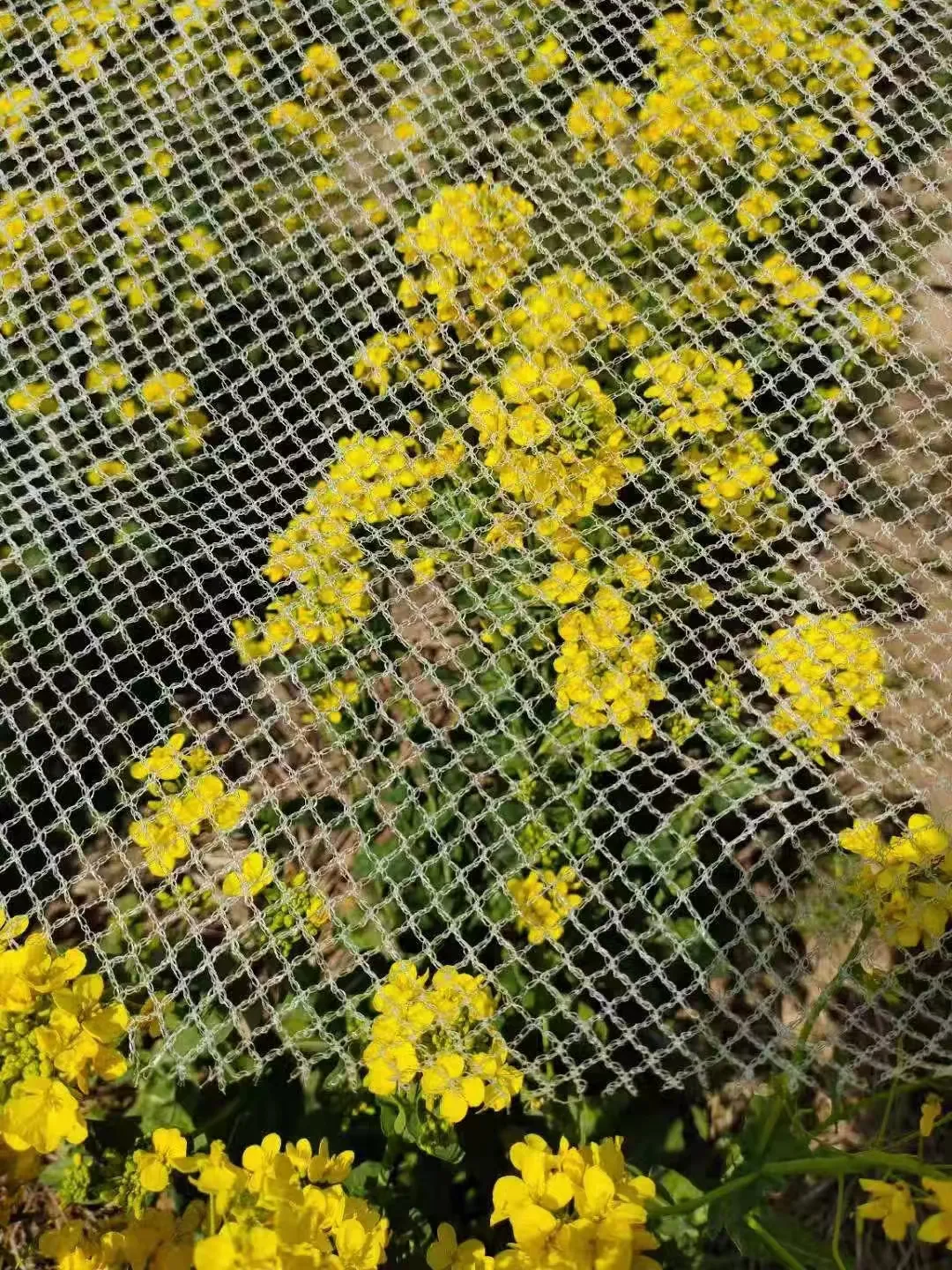-
 Afrikaans
Afrikaans -
 Albanian
Albanian -
 Amharic
Amharic -
 Arabic
Arabic -
 Armenian
Armenian -
 Azerbaijani
Azerbaijani -
 Basque
Basque -
 Belarusian
Belarusian -
 Bengali
Bengali -
 Bosnian
Bosnian -
 Bulgarian
Bulgarian -
 Catalan
Catalan -
 Cebuano
Cebuano -
 China
China -
 Corsican
Corsican -
 Croatian
Croatian -
 Czech
Czech -
 Danish
Danish -
 Dutch
Dutch -
 English
English -
 Esperanto
Esperanto -
 Estonian
Estonian -
 Finnish
Finnish -
 French
French -
 Frisian
Frisian -
 Galician
Galician -
 Georgian
Georgian -
 German
German -
 Greek
Greek -
 Gujarati
Gujarati -
 Haitian Creole
Haitian Creole -
 hausa
hausa -
 hawaiian
hawaiian -
 Hebrew
Hebrew -
 Hindi
Hindi -
 Miao
Miao -
 Hungarian
Hungarian -
 Icelandic
Icelandic -
 igbo
igbo -
 Indonesian
Indonesian -
 irish
irish -
 Italian
Italian -
 Japanese
Japanese -
 Javanese
Javanese -
 Kannada
Kannada -
 kazakh
kazakh -
 Khmer
Khmer -
 Rwandese
Rwandese -
 Korean
Korean -
 Kurdish
Kurdish -
 Kyrgyz
Kyrgyz -
 Lao
Lao -
 Latin
Latin -
 Latvian
Latvian -
 Lithuanian
Lithuanian -
 Luxembourgish
Luxembourgish -
 Macedonian
Macedonian -
 Malgashi
Malgashi -
 Malay
Malay -
 Malayalam
Malayalam -
 Maltese
Maltese -
 Maori
Maori -
 Marathi
Marathi -
 Mongolian
Mongolian -
 Myanmar
Myanmar -
 Nepali
Nepali -
 Norwegian
Norwegian -
 Norwegian
Norwegian -
 Occitan
Occitan -
 Pashto
Pashto -
 Persian
Persian -
 Polish
Polish -
 Portuguese
Portuguese -
 Punjabi
Punjabi -
 Romanian
Romanian -
 Russian
Russian -
 Samoan
Samoan -
 Scottish Gaelic
Scottish Gaelic -
 Serbian
Serbian -
 Sesotho
Sesotho -
 Shona
Shona -
 Sindhi
Sindhi -
 Sinhala
Sinhala -
 Slovak
Slovak -
 Slovenian
Slovenian -
 Somali
Somali -
 Spanish
Spanish -
 Sundanese
Sundanese -
 Swahili
Swahili -
 Swedish
Swedish -
 Tagalog
Tagalog -
 Tajik
Tajik -
 Tamil
Tamil -
 Tatar
Tatar -
 Telugu
Telugu -
 Thai
Thai -
 Turkish
Turkish -
 Turkmen
Turkmen -
 Ukrainian
Ukrainian -
 Urdu
Urdu -
 Uighur
Uighur -
 Uzbek
Uzbek -
 Vietnamese
Vietnamese -
 Welsh
Welsh -
 Bantu
Bantu -
 Yiddish
Yiddish -
 Yoruba
Yoruba -
 Zulu
Zulu
dust netting
Understanding Dust Netting An Essential Solution for Clean Environments
Dust management is a critical concern in various industries, especially those dealing with construction, manufacturing, and mining. One effective solution that has gained popularity is dust netting. This specialized material plays a vital role in controlling and minimizing dust emissions, ensuring a safer and cleaner environment for both workers and nearby communities.
Dust netting is typically made from durable synthetic materials, which are designed to withstand harsh outdoor conditions while effectively capturing and containing dust particles. These nets are often utilized at construction sites, quarries, and demolitions, where dust generation is a common issue. By enclosing the work area with dust netting, companies can significantly reduce the amount of airborne dust, preventing it from spreading beyond the designated site.
The benefits of using dust netting are manifold
. First and foremost, it enhances the health and safety of workers by reducing their exposure to harmful dust particles that can cause respiratory problems and other health issues. In many regions, regulations require dust control measures to protect employee well-being, making the use of dust netting not only beneficial but often mandatory.dust netting

Additionally, effective dust management can lead to improved compliance with environmental regulations. Authorities are increasingly scrutinizing industries for their dust control practices, and companies that fail to implement adequate measures can face hefty fines and reputational damage. By utilizing dust netting, businesses demonstrate their commitment to environmental stewardship, which can enhance their public image and customer trust.
Furthermore, dust netting can help maintain productivity on construction sites. Excessive dust can disrupt work processes, damage machinery, and lead to project delays. By keeping dust levels in check with netting, companies can ensure smoother operations, ultimately saving time and resources.
Another significant advantage of dust netting is its versatility. It can be easily installed around various structures and can be customized to fit different site layouts and requirements. This adaptability allows for the effective management of dust in a variety of settings, making it an invaluable tool in the quest for a cleaner environment.
In conclusion, dust netting is an essential solution for industries that generate dust. Its ability to capture and contain dust not only protects the health of workers but also ensures compliance with environmental regulations and enhances operational efficiency. As awareness of environmental issues continues to grow, the use of dust netting will likely become increasingly prevalent across various sectors, providing a simple yet effective method for managing dust and promoting cleaner, safer workplaces.
-
Shipping Plastic Bags for Every NeedNewsJul.24,2025
-
Safety Netting: Your Shield in ConstructionNewsJul.24,2025
-
Plastic Mesh Netting for Everyday UseNewsJul.24,2025
-
Nylon Netting for Every UseNewsJul.24,2025
-
Mesh Breeder Box for Fish TanksNewsJul.24,2025
-
Expanded Steel Mesh Offers Durable VersatilityNewsJul.24,2025











